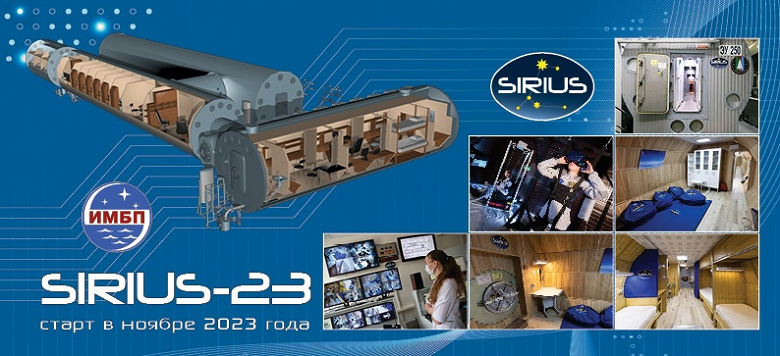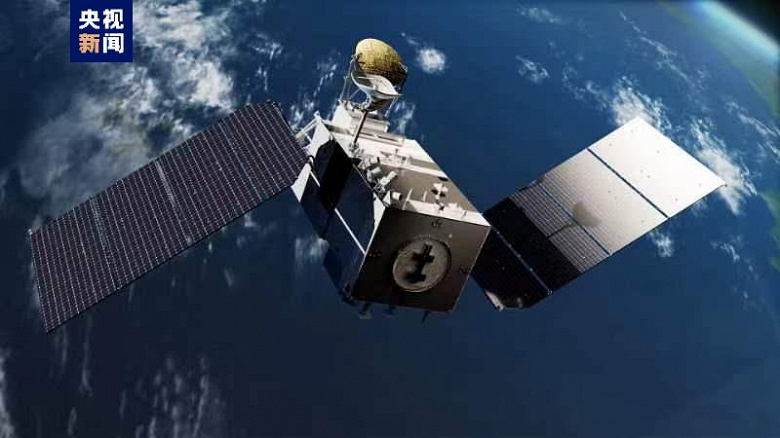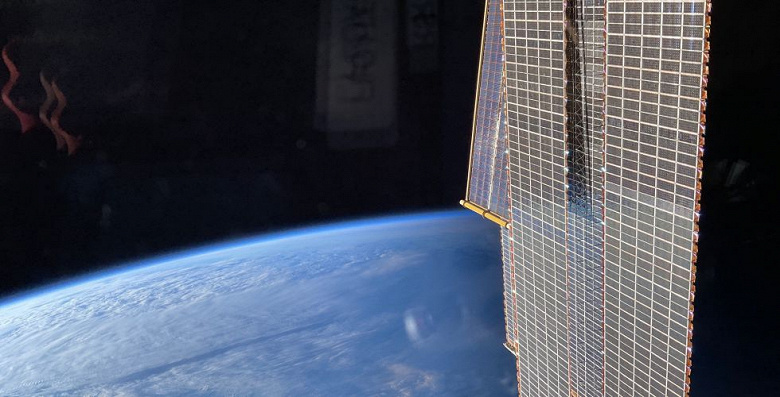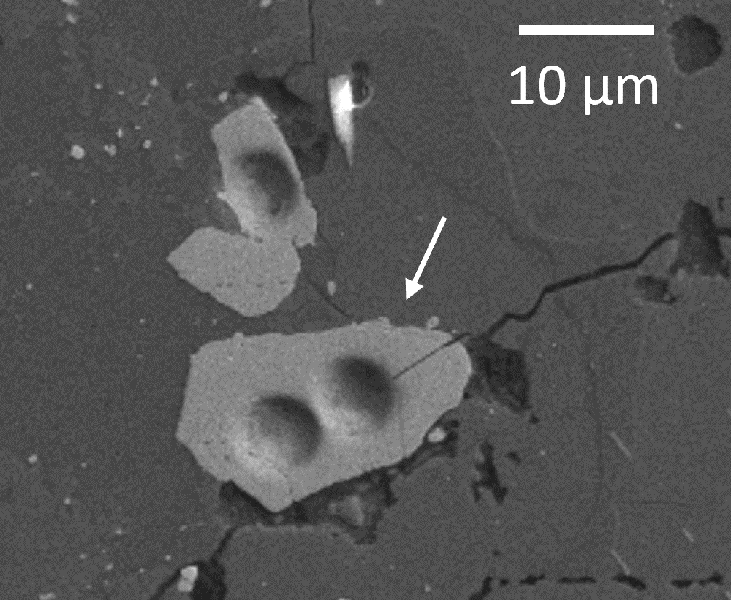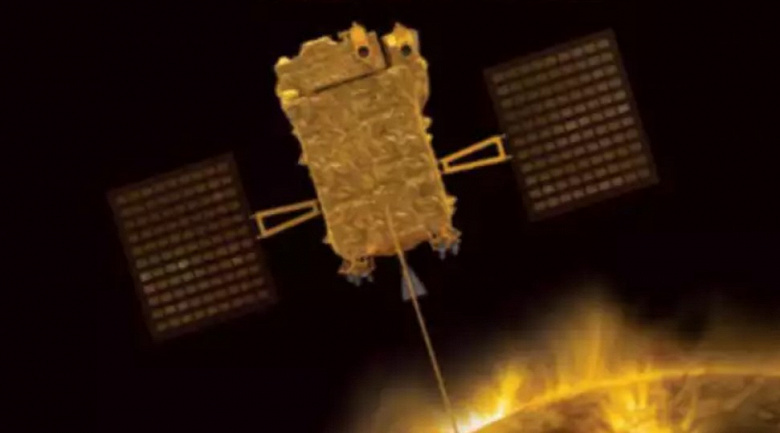China launches reusable space shuttle in strict secrecy
China announced the successful launch of an experimental spaceplane, another achievement in the country’s space program. The reusable spacecraft, mounted on the Changzheng 2F (Long March) rocket, was launched into orbit on Friday from the Jiuquan Cosmodrome in the Gobi Desert in northern China, the official Xinhua News Agency reported.

